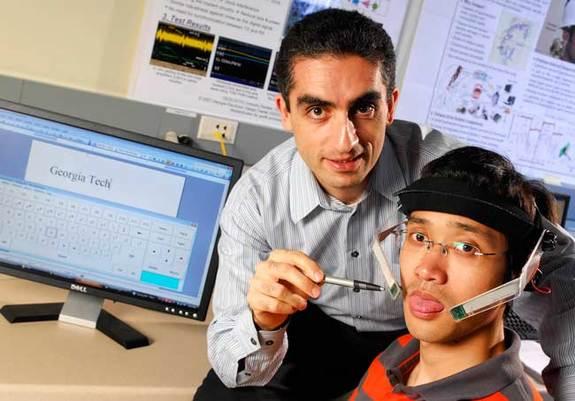
Clinical trials have begun for a new wheelchair created by Electrical and Computer Engineering professor Maysam Ghovanloo. The wheelchair is intended to be controlled by a magnetic stud implanted in the patients tongue, thereby giving access to a wider range of motions that traditional wheelchairs such as "sip and puff" variety. It is believed this will be beneficial to people that have been paralyzed since the tongue does not connect to the brain through the spinal cord, but instead directly connects to the brain. While it currently allows the user to travel and change direction, researchers hope to include a variety of commands, such as opening the door, answering the phone, and turning on the television. The tongue is connected to the brain by the hypoglossal nerve, which generally escapes severe damage even in high level spinal cord injuries. Noninvasive access to the tongue is readily available. It is also the last to be affected in most neuromuscular degenerative disorders.
"The technology is developed for all individuals who are suffering from a high level of disability," says Ghovanloo. "It could help people who suffer from different types of strokes, as well as those who have ALS, [amyotrophic lateral sclerosis or Lou Gehrig's Disease], which can paralyze the patient." Clinical trials for individuals with quadrplegia are in the process in both the Atlanta and Chicago areas.
Ghovanloo is an assistant professor at Georgia Tech. He received his PhD from the University of Michigan in 2004 and worked at NC State University before joining Georgia Tech in summer 2007. Ghovanloo is the director of the GT-Bionics Laboratory in the School of Electrical and Computer Engineering and an Associate Editor for the IEEE Transactions on Circuits and Systems II and IEEE Transactions on Biomedical Circuits and Systems.
